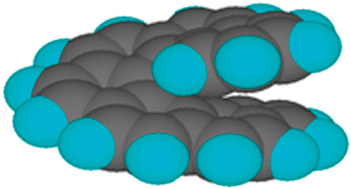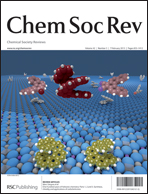One hundred years of helicene chemistry. Part 1: non-stereoselective syntheses of carbohelicenes†
Abstract
Carbohelicenes belong to a class of fascinating, chiral, and helicoidal molecules, which have a rich history in chemistry since the very beginning of the 20th century. A renewed interest in polyaromatic chemistry and new synthetic challenges toward the search for innovative physical, biological, chemical and opto-electronic properties have brought high motivation in this field of studies. Theoretical insights gained from polyaromatic, chiral, conjugated and distorted π-systems are also responsible for this development. Several synthetic avenues were originally reported for making lower helicenes, but for many years, photochemical synthesis has remained a major method for producing small amount of helicenes. High-dilution conditions is still a limiting factor in their synthesis. The fulgurous impact of organometallic chemistry, novel synthetic methods, and recent catalytic systems has promoted the development of helicene chemistry, toward a library of tailor-made and highly functionalized helicene molecules. Helicene chemistry is being considered as an expanding and modern field, leading to several applications in supramolecular chemistry, in nanosciences, in chemical-biology, in polymers and materials science. This first part of a series of three reviews on carbohelicenes will be devoted to a comprehensive report on non-stereoselective reactions and methods for producing helicenes, along with their functionalization.


 Please wait while we load your content...
Please wait while we load your content...